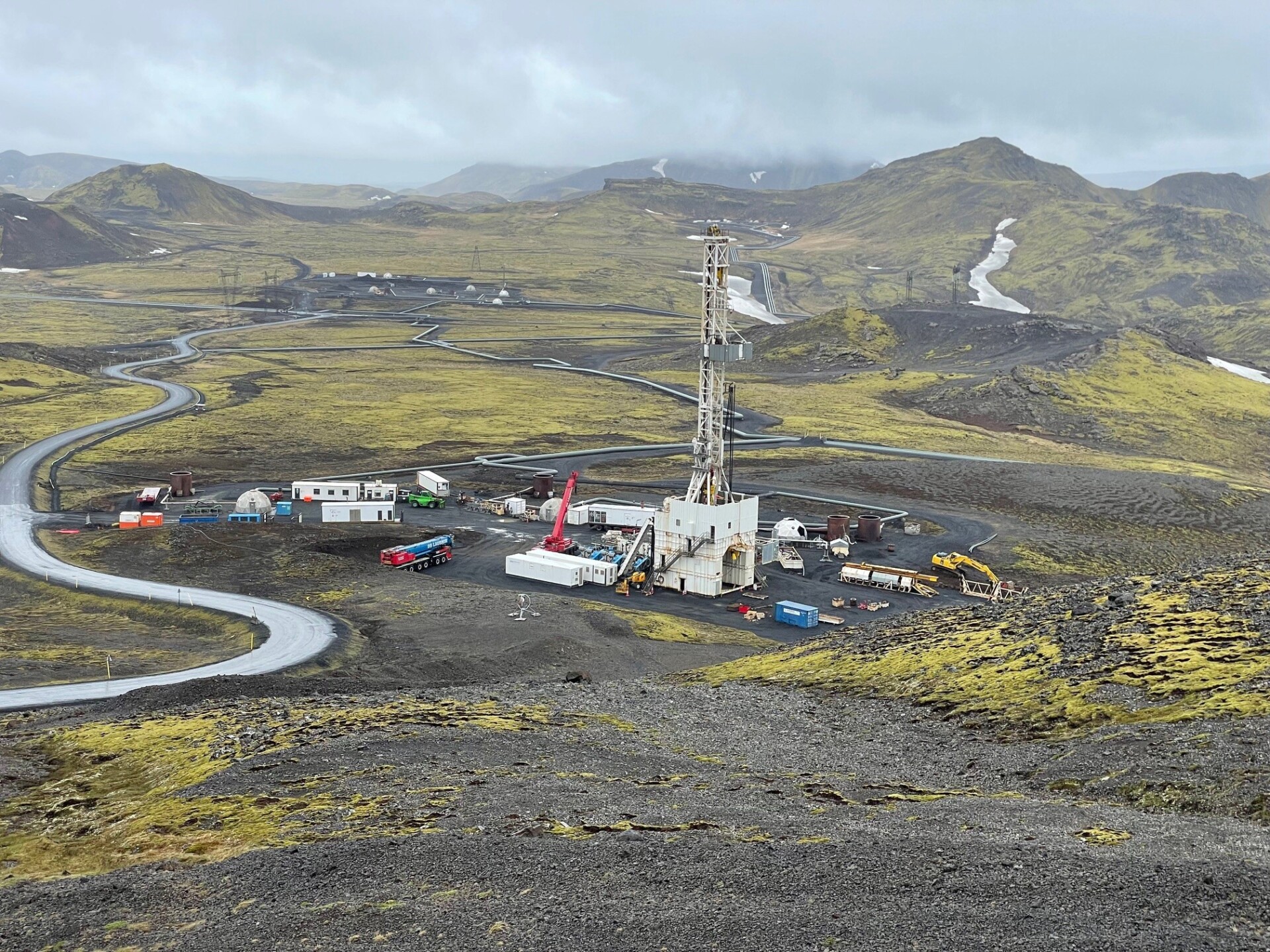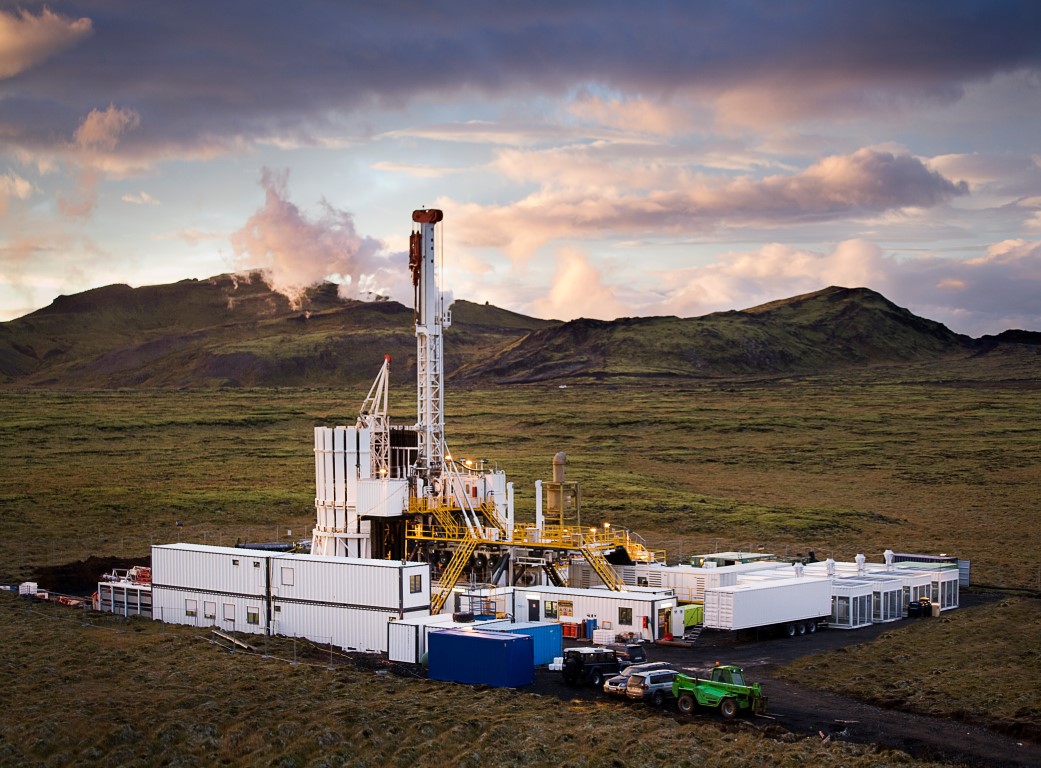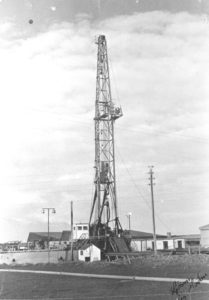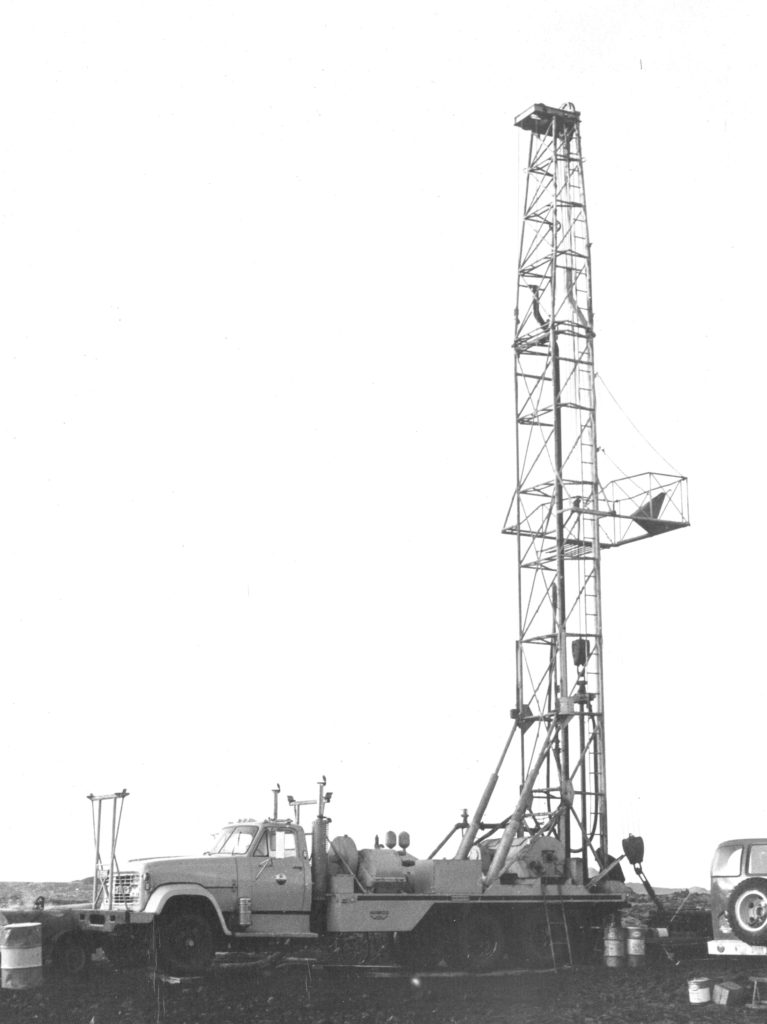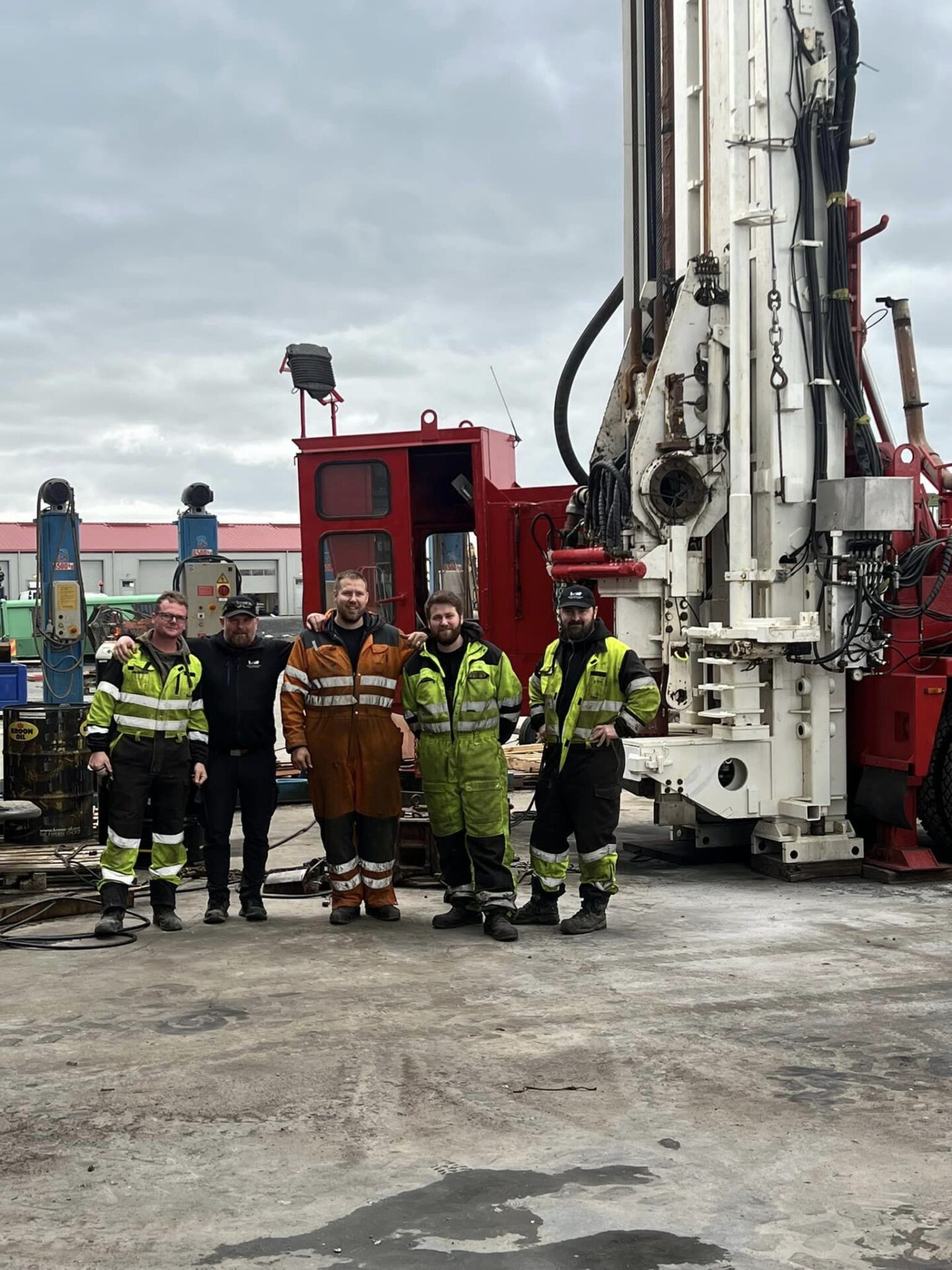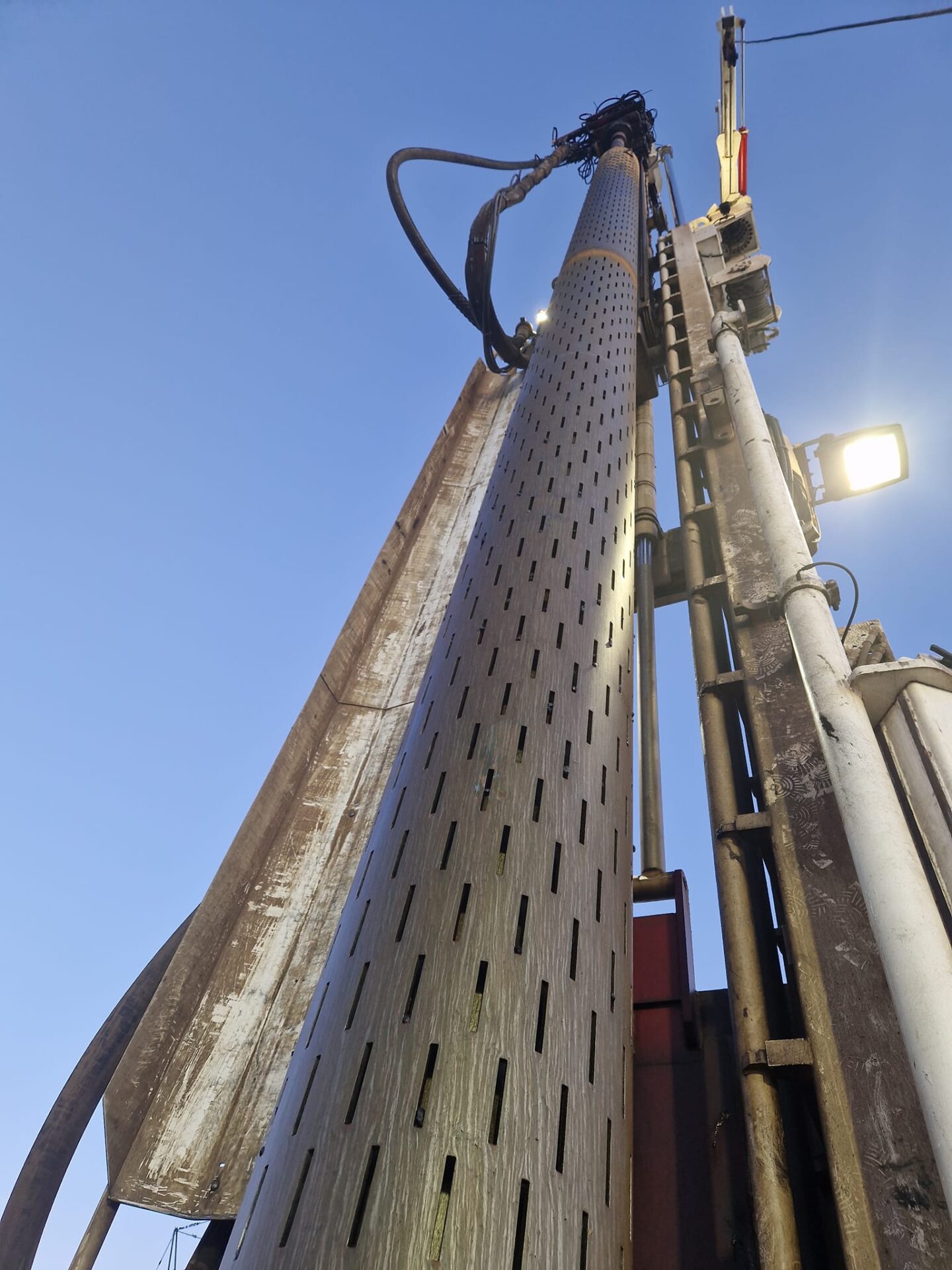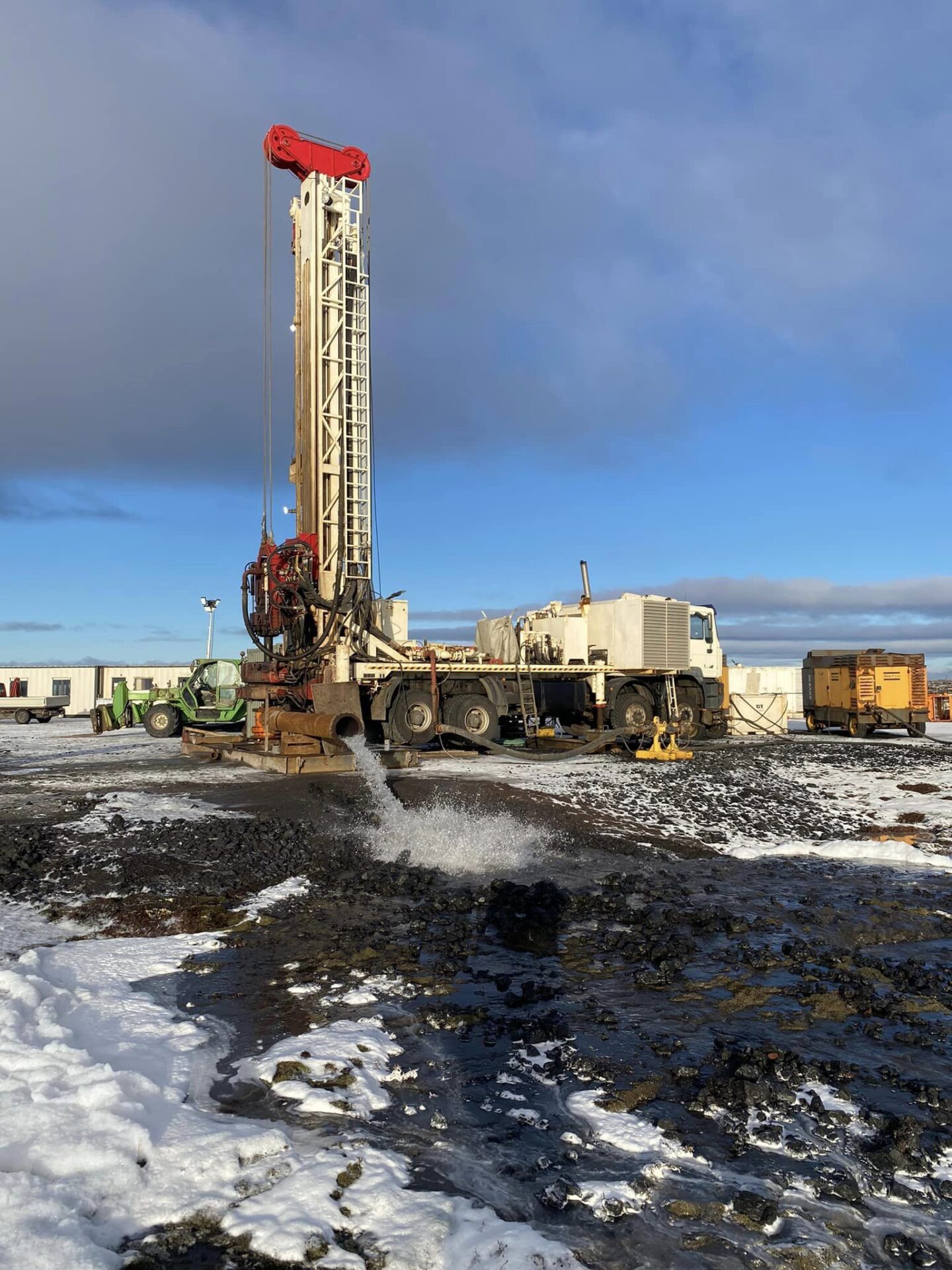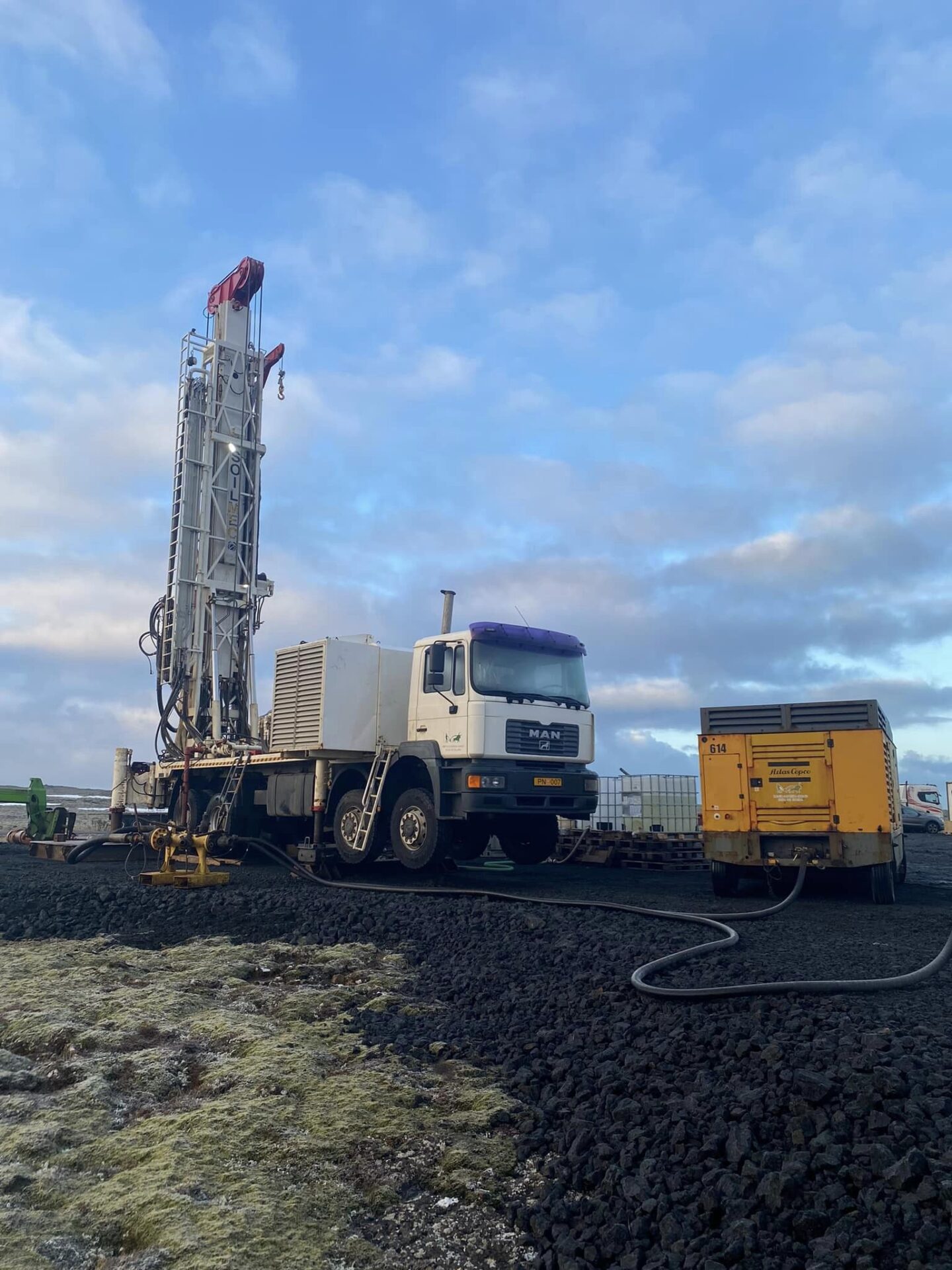Iceland Drilling’s story began in 1945, driven by a vision to harness Iceland’s rich geothermal resources for sustainable energy. In its early years, the company played a foundational role in Iceland’s geothermal development, helping establish geothermal energy as a reliable source for heating and electricity. At the time, Reykjavik, like many cities, relied heavily on coal and oil, which filled the city with smoke and pollution, particularly during the colder months. The push for geothermal energy was both an environmental and economic decision that would transform the city and the country for ever.
In the 1950s and 1960s, Iceland Drilling’s pioneering work in geothermal drilling enabled deeper and more effective tapping of geothermal reservoirs, making it possible to provide central heating for Reykjavik and surrounding areas. As geothermal energy infrastructure expanded, air quality in Reykjavik dramatically improved. The replacement of coal and oil with geothermal heating reduced emissions and drastically cut pollution levels in the city. Families could now enjoy clean, warm homes with none of the air pollution associated with traditional fossil fuels. This transition to clean energy was so successful that, by the 1970s, Reykjavik had become a global example of how geothermal energy could lead to healthier cities and communities.
During these decades, Iceland Drilling continued to improve and innovate its drilling techniques, enabling even greater access to Iceland’s geothermal resources. By developing specialized drilling methods that could reach deeper geothermal reservoirs, the company further strengthened the country’s energy independence. This success also captured international attention, and soon Iceland Drilling began exporting its expertise to projects around the world, from Europe to Asia and North America. Its technical advancements, particularly in high-temperature drilling, helped position Iceland as a leader in sustainable energy and showcased the potential of geothermal energy to improve quality of life.
The environmental benefits of Iceland Drilling’s work were profound: the air quality improvements in Reykjavik were a powerful example of how renewable energy could directly impact public health and the environment. The widespread adoption of geothermal energy led to significant reductions in greenhouse gas emissions, particulate pollution, and the overall carbon footprint of the region.
Today, Iceland Drilling’s legacy is deeply rooted in these early efforts. Its work not only helped improve the health of Reykjavik’s residents but also established a global model for renewable energy and environmental stewardship. This commitment to sustainability continues to define Iceland Drilling as it brings its decades of experience to geothermal projects worldwide, striving to create a cleaner and healthier planet for future generations.

